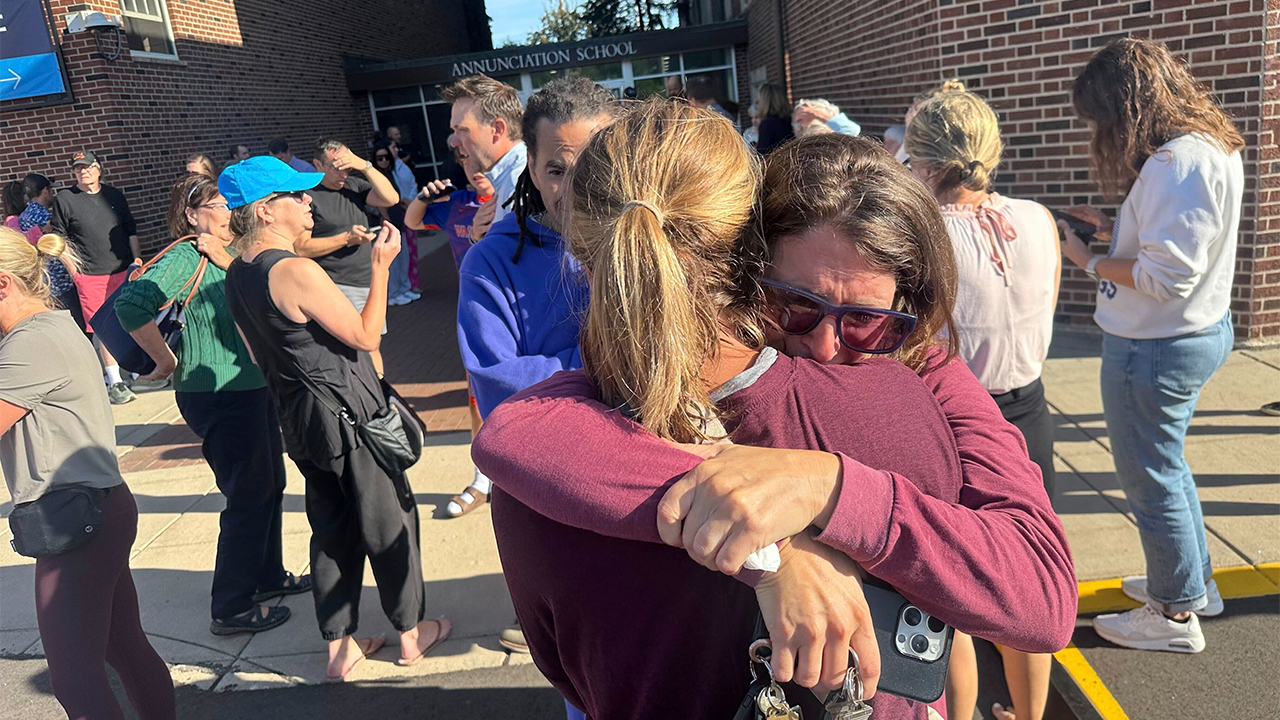NEW ORLEANS — Two people have died after eating Louisiana oysters infected with the flesh-eating bacteria Vibrio vulnificus, officials confirmed to WBRZ.
A state health official said that the two deaths happened after people ate oysters harvested in Louisiana at two separate restaurants — one in Louisiana and another in Florida.
Jennifer Armentor, molluscan shellfish program administrator from the Louisiana Department of Health, added that 14 more people have been infected.
Now, 34 people have been infected and six people have died in 2025 alone, a higher rate than any previous year over the last decade.
“It’s just prolific right now,” Armentor told the Louisiana Oyster Task Force on Tuesday at the New Orleans Lakefront Airport.
WBRZ spoke with Jones Creek Cafe & Oyster Bar CEO George Shaheen about this news and how seafood spots ensure that their oysters stay tasty and safe.
Shaheen has been at the head of his business for nearly 40 years.
“Well, over the years, we haven’t had as much of that as you would actually think because the way that the Wildlife and Fisheries and the Department of Health have created a bond between the fishermen who are out there fishing and how things need to be done and handled,” Shaheen said.
Shaheen told WBRZ that he gets his oysters from Delacroix Island, where he used to fish, and has complete trust in those who harvest the oysters.
“You have to go out, and when you go on a boat and you’re an oyster fisherman out there, you can stay out there, I think it’s 72 hours if you have a way to cool the oysters when they come in,” Shaheen said.
Shaheen showed WBRZ some tickets that are put onto oyster sacks. The tickets show information such as where the oysters were harvested and the day they were harvested.
“It basically is really the key to being able to, if something happens somewhere, they know right where to go. By the Department of Health, we have to keep these for 90 days. We get checked every 120 days,” Shaheen said.
He says that modern growing and harvesting techniques make for better oysters.
“Now, they use limestone out in the marsh to basically grow the oysters on, and they’re much cleaner. The difference between you getting them out of the marsh mud and being on a Limestone is that they’re much cleaner,” Shaheen said.
Restaurants in Louisiana are required by law to display visible signs or messages about the risk of eating raw seafood.
“Yes, cause you never know what’s in the ocean and what gets inside these oysters, so if they’re not cooked, you can easily get bacteria, so you have to put a warning out for people,” Jones Creek bartender Amanda Steele said.
Customers WBRZ spoke with at Jones Creek share the same trust that the restaurant does.
“I eat them (oysters) both ways (cooked and raw) and eat them in the raw state in the wintertime. I trust my local oyster bars,” Customer Larry Campagna said.
Source link

